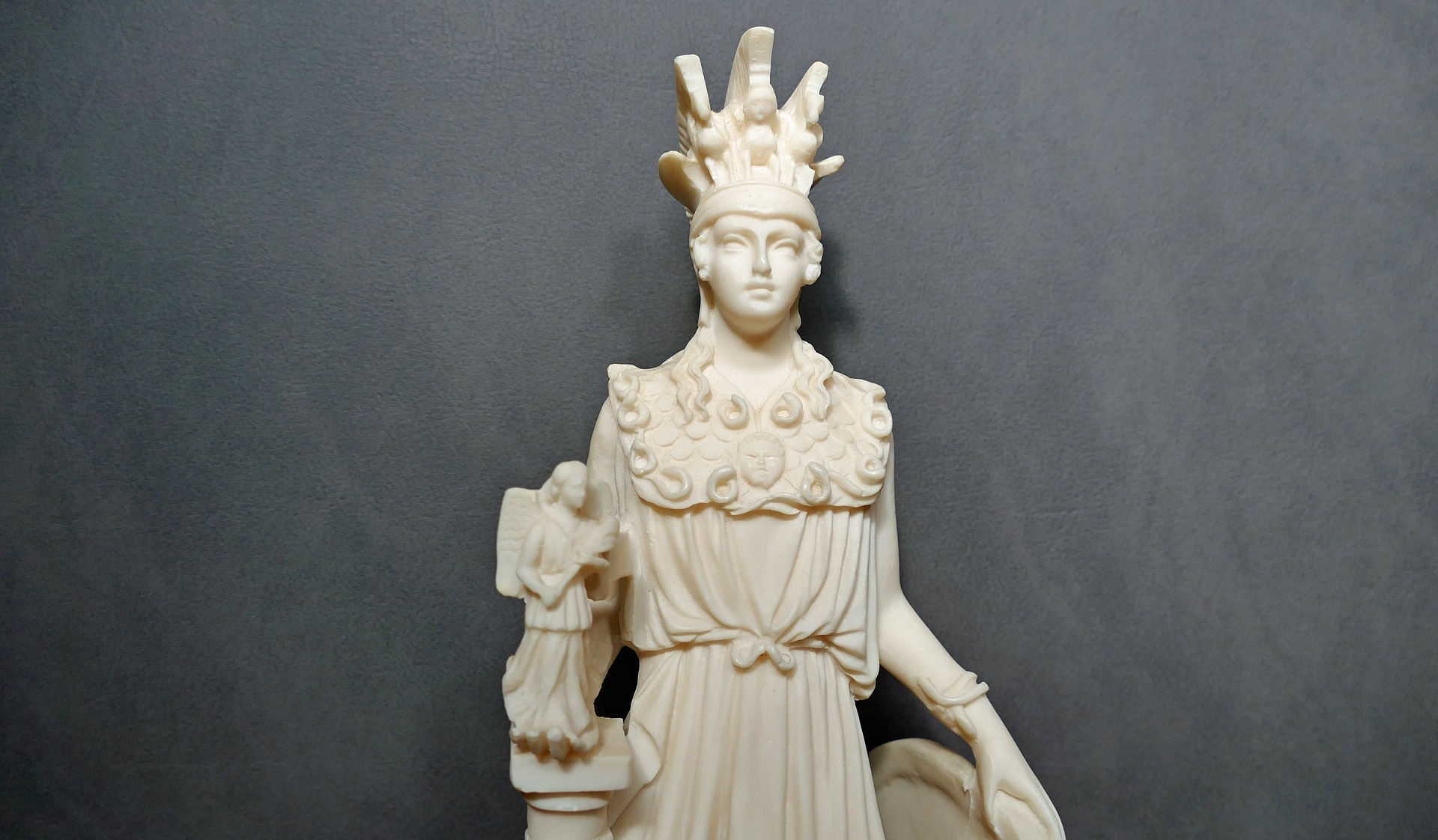Spanish Rabel in Spain
Country of the crafting: Spain
Region of the crafting: Cantabria
Town of the crafting: Cantabria
Type of the crafting: Musical instruments
In the past, the production of the rabel was done in all Spain. Nowadays, it is preserved in the Cantabrian mountain range: Cantabria, Palencia, Asturias and León. In its handmade construction, a piece of hollowed wood is used in a personalized way to take different forms. There is no single pattern. Usually, it is made with more than one piece of wood.The main material used to do it is wood. Depending on the Area , other materials are used for the roofs, such as skins, the can or the wood itself. For rabel strings, animal guts were used although today they are more often made of metal strings since they provide better sound and easier tuning. For the bow a rod that can be folded is required, and for the ropes, horse hair is used. Currently, the mane can be replaced by a very thin nylon that, once curved, produces good friction.The first documentations of some simile with the rabel date from the beginning of the 10th century, in Asia. In Spain, and quite regularly, we begin to find some illustrations, prints and writings in which the rabel appears from the Middle Ages (12th and 13th centuries) The rabel had its evolution in two different aspects: One, the noble side, for the use of the troubadours (12th century), which belonged to the highest nobility.They composed and interpreted different poems and romances that usually dealt with love or war issues. The second slope, the popular one, through the minstrels. They were globetrotters who toured the different towns and villages and who made a living entertaining the people of the town in exchange for money or food.









